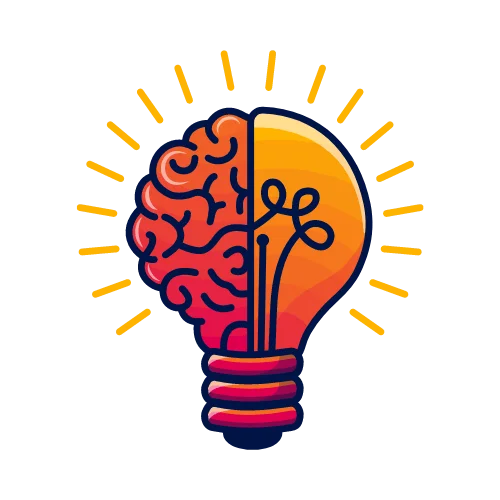Given that dark matter interacts gravitationally but not electromagnetically, how could future quantum field theories reconcile the existence of a hypothetical dark matter particle with the Standard Model of particle physics, considering gauge symmetry, supersymmetry constraints, and potential interactions through ...Read more
Given that dark matter interacts gravitationally but not electromagnetically, how could future quantum field theories reconcile the existence of a hypothetical dark matter particle with the Standard Model of particle physics, considering gauge symmetry, supersymmetry constraints, and potential interactions through a new fundamental force or mediator particle?
Read less

Reconciling the existence of dark matter with the Standard Model (SM) of particle physics involves extending the current framework to account for new particles and interactions. Here are some key approaches future quantum field theories might take, considering gauge symmetry, supersymmetry (SUSY) coRead more
Reconciling the existence of dark matter with the Standard Model (SM) of particle physics involves extending the current framework to account for new particles and interactions. Here are some key approaches future quantum field theories might take, considering gauge symmetry, supersymmetry (SUSY) constraints, and potential new forces or mediators:
1. Gauge Symmetry Extensions
2. Supersymmetry (SUSY)
3. New Fundamental Forces
4. Non-WIMP Models
5. Hidden or Secluded Sectors
Each of these approaches integrates dark matter into the broader framework of particle physics by either extending the symmetry structure, introducing new particles, or proposing novel interactions that maintain consistency with existing observations while providing pathways to detect dark matter. Future experiments in astrophysics, cosmology, and high-energy physics will be crucial in distinguishing which, if any, of these theoretical frameworks correctly describe the nature of dark matter.
See less